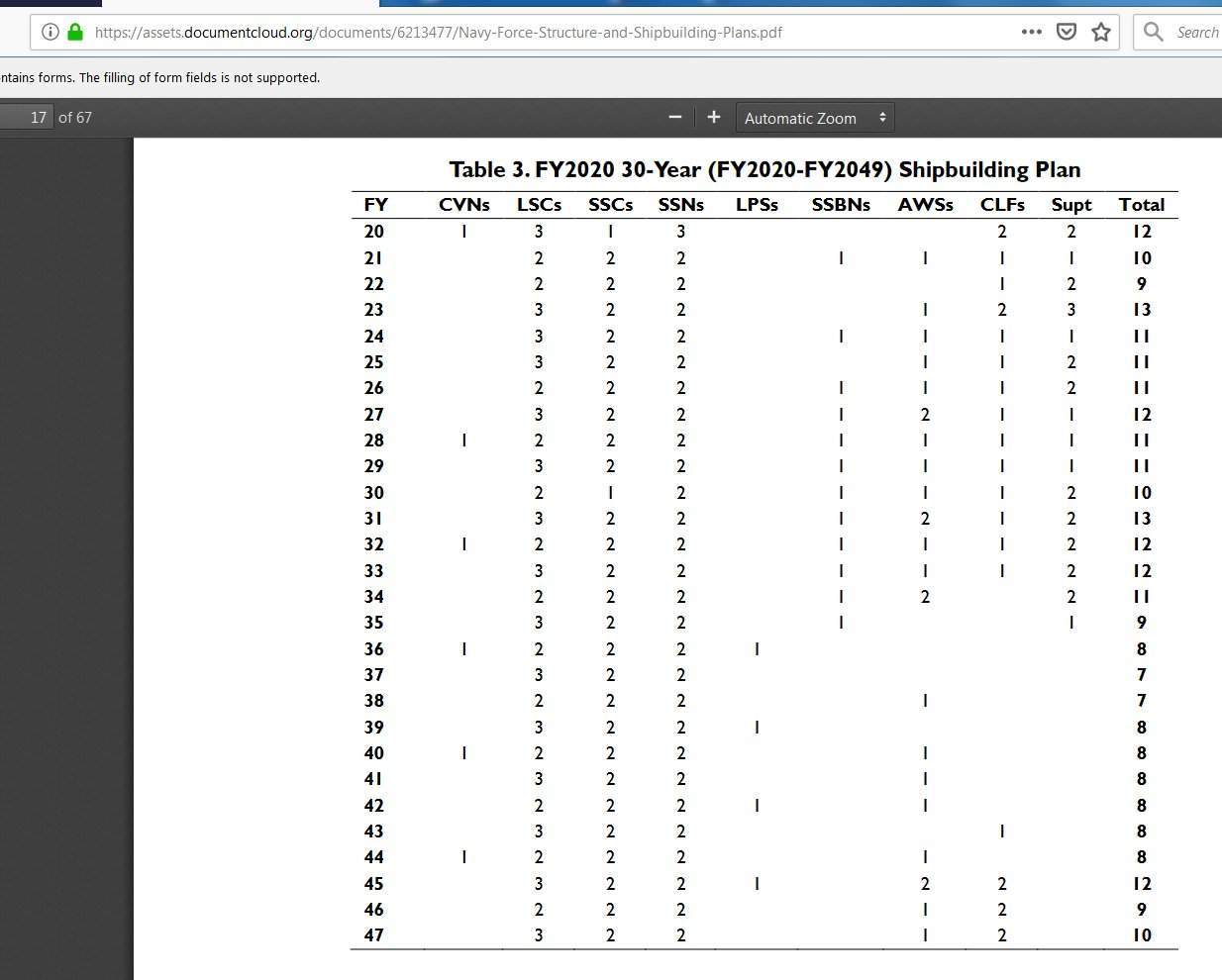The idea of sea and air control in my view do not exist during peacetime because the seas outside of territorial waters is global commons. Therefore a conversation about sea and air control without referencing to specific scenario is meaningless. For example, China has all the intentions to exercise air and sea control over the SCS but the other nations notably the US just ignores any attempt of such nature principally through FONOPs.
I simply cannot associate the idea of air and sea control up to and beyond the 2nd island chain without referencing to any objectives absent of any conflict scenario. For example, in order to exercise air and sea control, China has to deal with the Guam issue. Either you invade Guam or nullify completely its offensive capabilities. In my view, it is the same issue Imperial Japan had with Midway island. .
Um, I thought it would go without saying that the goal of seeking air and sea control would be during conflict.
That is to say, the conops I'm proposing would of course only be used during a conflict of some kind.
No one goes around seeking to achieve "sea and air control" during peace time, and my entire previous post #8 it literally described the goal of the conops is to seek air and sea control by seeking to wage conflict with the opfor which is obviously not something you do during peacetime.
When I say "I'm not drawing up a conflict scenario" what I mean is that I'm not talking about a specific hypothetical conflict involving a specific set of hypothetical political or strategic objectives.
It is instead meant to be a conops that is applicable to a variety of potential likely conflict scenarios in the region with their own unique sets of political and strategic objectives.
The conops are a set of capabilities and strategies that enable the military to achieve a variety of potential political and strategic objectives during a conflict.
Last edited:

